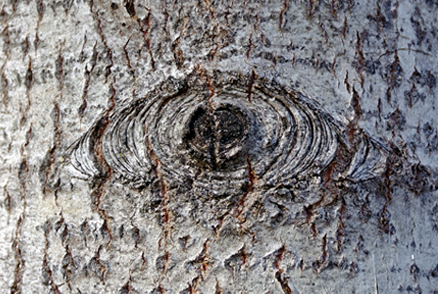by Dr. Donald McCormack, MD
Ophthalmologist at Boulder Medical Center
Dry Eyes and Dry Eye Disease are common maladies in Colorado’s dry and windy climate. This is the second article in Dr. McCormack’s series about Dry Eyes and Dry Eyes Disease. (Read Dr. McCormack’s first article)
In this article I will talk about various dry eye treatments. As there are many causes and my approach to each patient varies, I will outline the most common ways I recommend to treat dry eye disease.
Alter Your Environment
- Place humidifiers in your home or workplace to increase the ambient moisture
- Avoid drafts or air from fans, air conditioners and heaters. This can help decrease evaporation of your tears
- Avoid cigarette smoke
- When outside, wear sunglasses or ski goggles to help retain eye moisture
- Wearing contact lenses can wick tears away from your eyes, so decreasing the amount of time you wear your lenses can help
Harmful and Helpful Medications
Some over-the-counter medications can contribute to dry eye disease. The most common are antihistamines, in both oral and eye drop forms. Certain prescription medications, such as some that treat hypertension or depression, can also worsen dry eye conditions. Substitute medicines can sometimes be found, but if not, the following forms of therapy can be typically used concurrently with your medications:
Artificial Tears
The most common treatment for dry eye disease consists of non-prescription eye drops that mimic the natural mix of water, oil and protein in our tears. Some of these drops are better than others. I recommend Refresh Optive and Systane Ultra for most of my patients.
I suggest Soothe Eye Drops. I do not recommend eye drops that “get the red out”, as these can cause other problems. Most drops that come in a bottle have preservatives in them and should be used no more than six times a day. However, if you require more frequent use, many brands offer a preservative-free variety.
Nighttime eye gells can be beneficial for some patients.
Tear Duct Plugs
Tears flow across the eyes and drain out through small openings in the upper and lower lids into the tear ducts. Punctal or Tear Duct Plugs are tiny, biocompatible devices that are inserted into tear ducts to prevent drainage so that tears remain in the eyes longer. I insert plugs in a painless procedure that typically takes less than a minute. Plugs are completely buried in the tear duct, and patients don’t feel them at all. I commonly recommend plugs that are made of a material that dissolves in three to six months. Another type of plug made of silicone can last longer, but protrude slightly from the tear ducts and are uncomfortable for some patients.
Prescription Eye Drops
Restasis and Xiidra can increase tear production from the lacrimal gland. The lacrimal glands are paired, almond-shaped glands, one in each eye, that secrete the aqueous layer of the tear film. While some people find these medications helpful, they can be expensive and it takes weeks or months to know if they are working.
Additional Measures
In addition to the above treatments, moisture chamber goggles can prevent excessive tear evaporation. Serum tears, a specialized artificial tear made with a person’s own blood components, can also help.
For cases of severe dry eye disease that does not respond to the treatments I’ve described here, I can perform an in-clinic procedure that permanently seals the tear duct openings.
Conclusion
There are many treatments for dry eye disease. Depending on the cause of the dryness, different modalities — often in combination — can help most patients feel comfortable and protect the health of the eyes.
About Dr. Donald McCormack
 As an ophthalmologist, Dr. McCormack has had an interest in treating dry eye disease for nearly 30 years. He has been a principal investigator in six national clinical research trials of different treatments for dry eye disease and has treated hundreds of patients with this condition in his practice.
As an ophthalmologist, Dr. McCormack has had an interest in treating dry eye disease for nearly 30 years. He has been a principal investigator in six national clinical research trials of different treatments for dry eye disease and has treated hundreds of patients with this condition in his practice.
Originally from Ames, Iowa, Dr. McCormack has been with the Boulder Medical Center since 1993. Here is a partial list of the services he provides:
- Complete Eye Exams for Adults and Children
- Cataract Surgery – Standard, Toric and Multifocal Lenses
- Glaucoma – Medical and Laser Treatments
- Diabetes – Retinal Laser Surgery
- Dry Eyes – Medical Treatments and Punctal Plugs
- Glasses and Contact Lenses
Dr. McCormack has also been a Principal Investigator for 22 national clinical research trials to investigate new treatments for glaucoma, dry eye, and conjunctivitis. He welcomes new patients of all ages at the Boulder Medical Center clinic on Broadway in Boulder.

